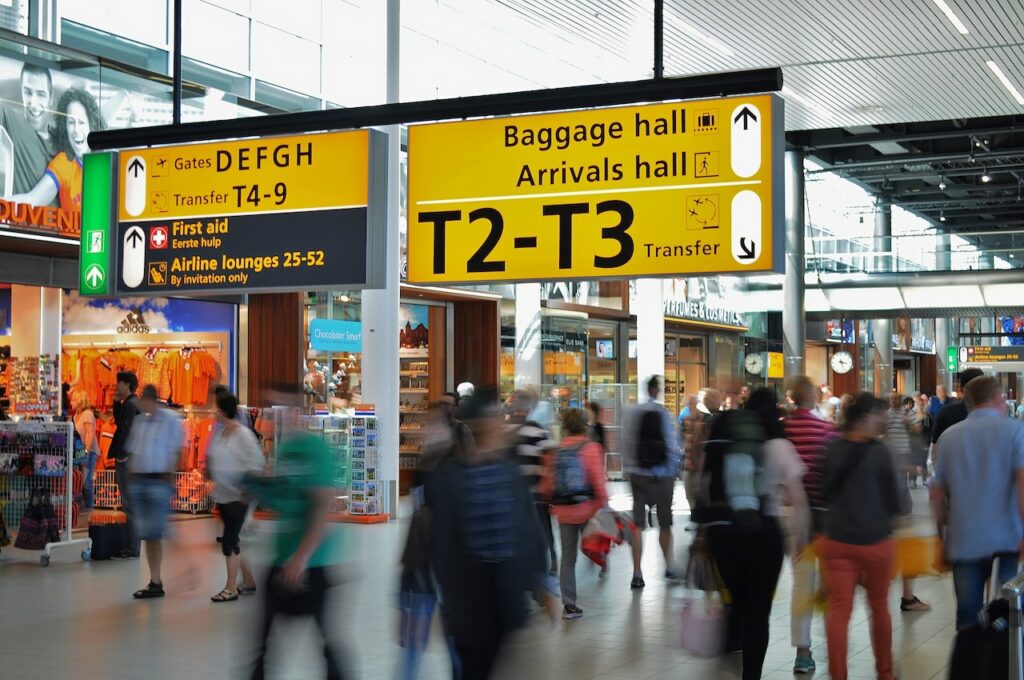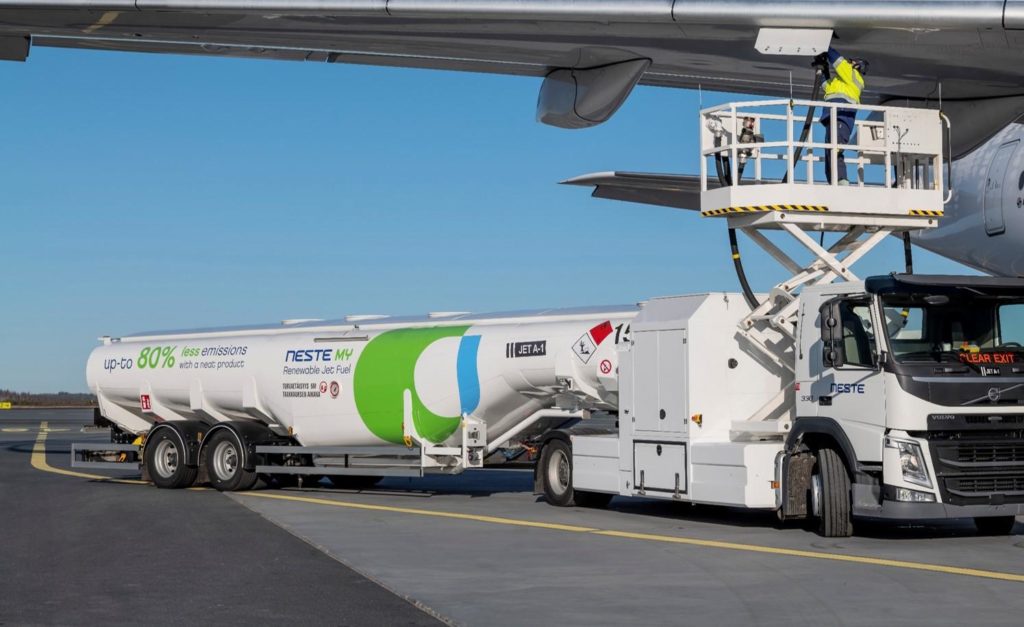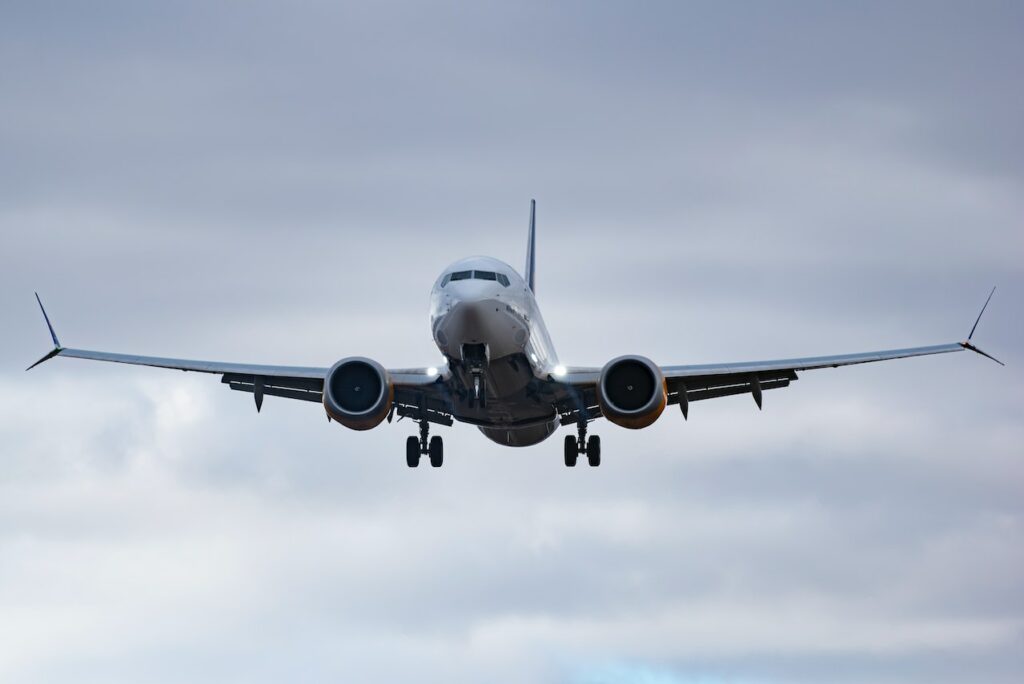According to a recent paper released by Avolon, a leading global aviation finance company, the value of new aircraft deliveries is expected to surge by more than 15% this year, reaching approximately US$100 billion.
This substantial increase is anticipated to be fueled by the delivery of over 1,450 new large commercial aircraft, which in turn will drive airlines’ passenger revenues up by 12% to a staggering US$717 billion.
Moreover, airlines’ net profits are projected to experience a notable uptick of 10%, reaching US$26 billion.
The general outlook for 2024 sees the continuation of an aircraft supply shortage, set amid aggressive record demand for air travel.
2024: Record-Breaking Passenger Numbers
One of the most notable predictions for 2024 is the unprecedented number of passengers expected to take to the skies.
With an estimated 4.7 billion people set to fly, surpassing any previous year in history, the aviation industry is gearing up for unprecedented demand.
This surge in passenger volume underscores the critical need for airlines to expand their fleets and enhance their operational capacities.
[monsterinsights_popular_posts_inline]


Emerging Markets and Growth Drivers
India, Saudi Arabia, and the UAE are emerging as pivotal players in driving aviation growth. These regions are witnessing a surge in demand for air travel, which is expected to further bolster the aviation industry’s expansion.
However, the challenge lies in addressing the structural undersupply of both narrowbodies and widebodies, which could potentially lead to significant delays for airlines and lessors awaiting new aircraft deliveries.
Global Capacity Recovery
Despite the challenges posed by the COVID-19 pandemic, domestic airline capacity has rebounded remarkably, reaching 106% of 2019 levels globally.
While the international sector lags slightly behind, with a recovery rate of around 95%, efforts are underway to revitalize this segment.
The slower-than-anticipated rebound in the Chinese market has contributed to this lag, impacting previously busy routes in Southeast Asia.

Key Insights from Avolon’s 2024 Outlook
The Avolon outlook for 2024 notes the existence of several key trends shaping the aviation landscape.
Airlines
In 2023, airline revenues surged by 22%, outpacing the global GDP growth rate by a significant margin. Positive cash flows have enabled airlines to repay a substantial portion of the government debt incurred during the pandemic.
The gradual reopening of international travel in China is expected to provide a further boost to airline revenues.
Manufacturers
The persistent undersupply of aircraft is expected to persist for years, driving up the value of delivered aircraft and extending their economic lifespans.
However, the recovery in widebody production lags behind narrowbodies, resulting in a tighter market and longer wait times for twin-aisle aircraft.
Lessors
With both an aircraft supply shortage and capital in short supply, the role of lessors is becoming increasingly crucial. Lessors with strong order books and access to attractive new aircraft are well-positioned to capitalize on future opportunities.
Market lease rates have witnessed a significant uptick, with further growth anticipated in the coming years.

Innovation & Sustainability
The aviation industry is witnessing a growing momentum behind sustainable aviation fuel (SAF), with substantial investments required to scale up production to meet net-zero goals.
However, the transition to sustainable aviation practices is expected to contribute to rising operational costs for airlines in the coming decade.
Risks
While the macroeconomic outlook appears to be stabilizing, softer demand in the US and Europe poses potential challenges.
Geopolitical tensions, including conflicts in Ukraine and the Middle East, as well as ongoing disputes between China and the West, could further disrupt the aviation landscape.
Additionally, supply chain pressures and regulatory oversight pose significant risks to the production ramp-up by OEMs.

Conclusion
Andy Cronin, CEO of Avolon, emphasizes the enduring economic and social benefits of air travel, highlighting the pivotal role of new aircraft deliveries in driving industry growth.
Jim Morrison, Chief Risk Officer of Avolon, underscores the importance of addressing structural undersupply issues while also focusing on scaling up sustainable aviation fuel production to mitigate environmental impact.
The aviation industry is poised for significant growth and transformation in 2024, driven by record-breaking passenger numbers, emerging markets, and technological advancements.
However, addressing the major challenges of aircraft supply shortage, supply chain disruptions and sustainability concerns will be crucial for ensuring long-term resilience and success in the aviation sector.

Click the banner to subscribe to our weekly newsleter.

Click the photo to join our WhatsApp channel so then you can stay up to date with everything going on in the aviation industry!









